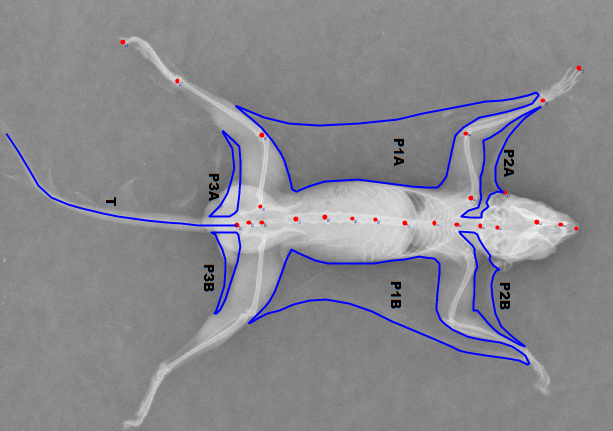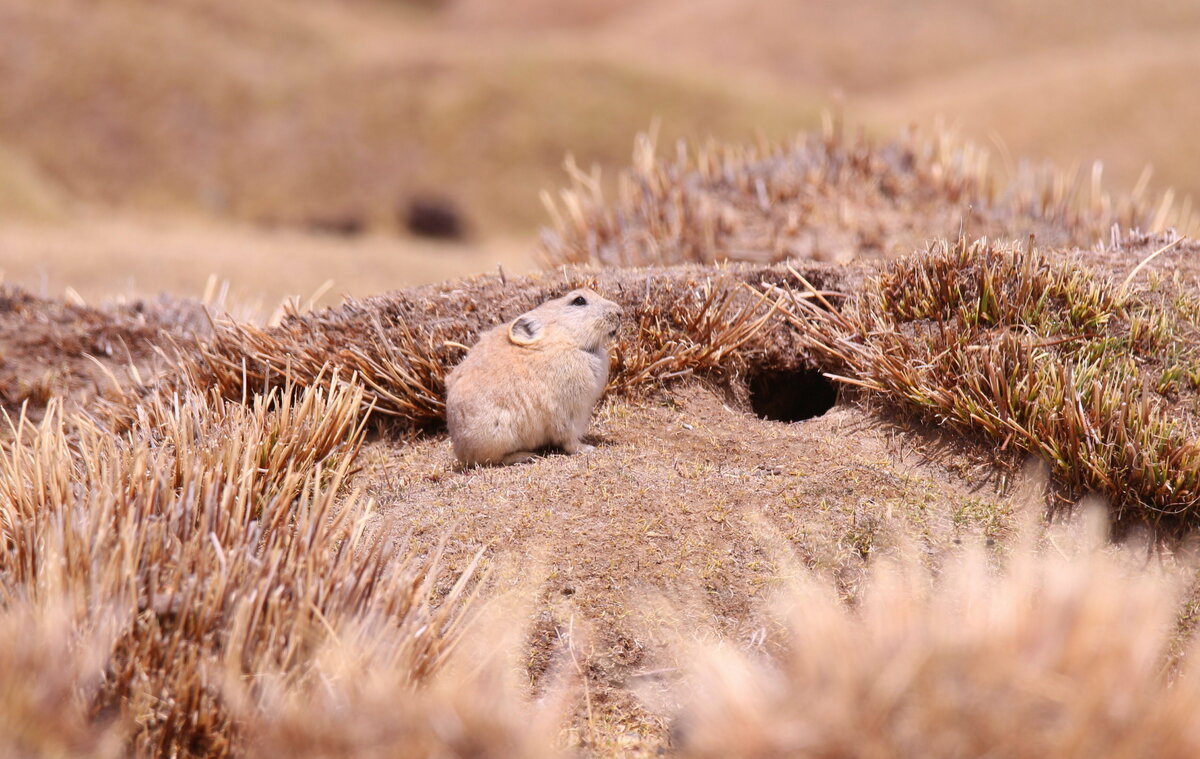Research
Trait Evolution #
Colour & Pattern
Mammalian coat color has evolved to confer ecological and physiological adaptations, like camouflage and thermoregulation respectively. Rodents, especially squirrels, exhibit great diversity in their coat colors and patterns. We use a combination of quantitative, behavioural, comparative, and genomic analyses to understand the evolution of the varied and complex coat color patterns with ecological factors and lifestyle traits of squirrels.
- Characterisation and evolution of coat colour and pattern across all squirrel species.
- Camouflage advantages of colour and dorsal patterns in palm squirrels.
- Understanding coat colour in rodents using genomics and colour analysis.
Morphometrics
Morphological traits of species, such as sizes and shapes of body parts can sometimes be functional adaptations that evolved to aid survival. We study body size and skull morphology to understand intraspecific variation and species boundaries.
- Understanding species boundaries using morphological traits (palm squirrels, rock rats).
- Sexual dimorphism in gliding and non-gliding mammals.
Behaviour
Animals have evolved diverse behaviours for communication within and across species. We quantify acoustic traits of squirrels (palm squirrels, giant squirrels) and use field experiments to understand how selection has shaped the evolution of these traits. In the high-altitude Trans-Himalayas, we use a combination of comparative phylogenetics and field experiments to understand how lifestyles and life histories have evolved in lagomorphs at different time scales.
- Acoustic behaviour in palm squirrels and giant squirrels: Characterization of calls, behavioural contexts of calling, diurnal and annual rhythms, delineating species boundaries.
- Evolution of lifestyle and life history in Lagomorphs.
Genomics
© Harsha Kumar
Animals that face extreme climatic regimes show varied behavioral and physiological responses. While some species evade such unfavourable conditions behaviorally, others are known to physiologically endure such conditions. We use genomics as a tool to study the evolution of morphological, behavioural and physiological traits that help marmots and pikas deal with cold related to high-elevation and how they interact with behavioural evolution.
- Evolution of cold tolerance in Pikas.
Ecological Adaptations #
Habitat selection
Species evolve in response to their environments, including to factors like habitat and climate. By behaviorally responding to environments, animals increase their chances of survival and reproduction. We study such behavioral responses and their adaptive function at evolutionary time scales in relatively natural landscapes with little to no human presence. In addition, we also examine such behavioral and population-level responses in contemporary time scales which have largely been defined by anthropogenic climate and landscape change. Such studies are not only interesting from the viewpoint of a researcher attempting to understand how animals respond to changing habitats and climate but also for the valuable inputs they can provide in conservation policies.
- Occurrence, micro-habitat selection and population connectivity of small mammals in the Trans-Himalayas: pikas and marmots
- Spatial segregation of diurnal squirrels in Palani Hills and Nilgiris.
- Behavioural changes in response to urbanisation.
- Responses of squirrels to Urbanisation: Occurrence, Micro-habitat selection, behavioural modifications, citizen science/crowdsourcing approaches to map squirrel distributions.
- Evolutionary history and climate change impacts on the endemic Indian Rock Rats.
Behaviour
© Aravind PS
Examining behavioural responses of animals to environmental cues and changes allows us predict how adaptable species can be to changing conditions. Urbanization and changing habitats poses unique challenges to arboreal small mammals, and alters not only their diets/nutrition, but also their breeding ecology and nesting preferences. At a much larger scale, climate change or anthropogenic landscape change can causes changes in population health or lead to local extirpation/dispersal events.
- Nesting behaviour of palm squirrels
- Haying behaviour in pikas
- Feeding behavior and nutritional profile of squirrels in varying environments (eg: urban-rural gradient)
Collaborative Research #
- Diet of sympatric carnivores across varying habitats
- Diet of ungulates in relation to resource availability
- Delineating Euphorbia species in South India
- Documenting moth diversity in Tirupati
- Assessing the impact of cyclone Gaja on tree cover






